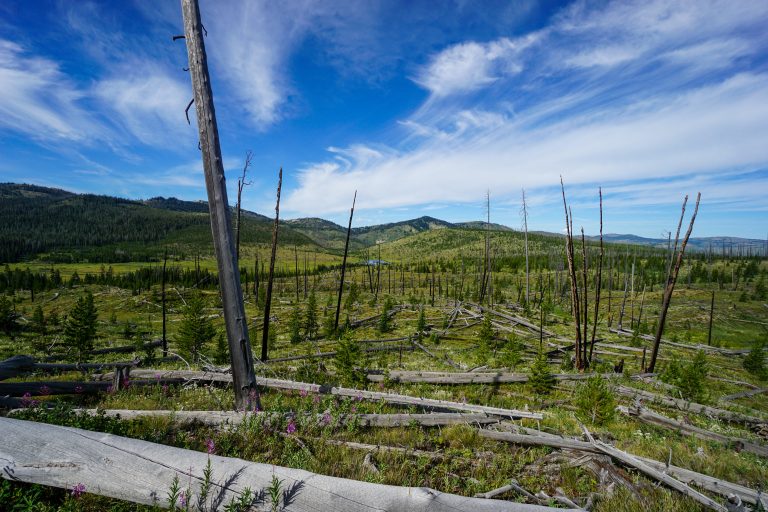
The Pine Barrens of Long Island, New York (July 2023)
The Pine Barrens of Long Island are a unique forest type associated with nutrient poor soils with almost no non-native invasive plant species present. Studying these forests, along with nearby invaded ones, is useful for understanding the determinants of community invasibility. Photo credit: Urmi Poddar


